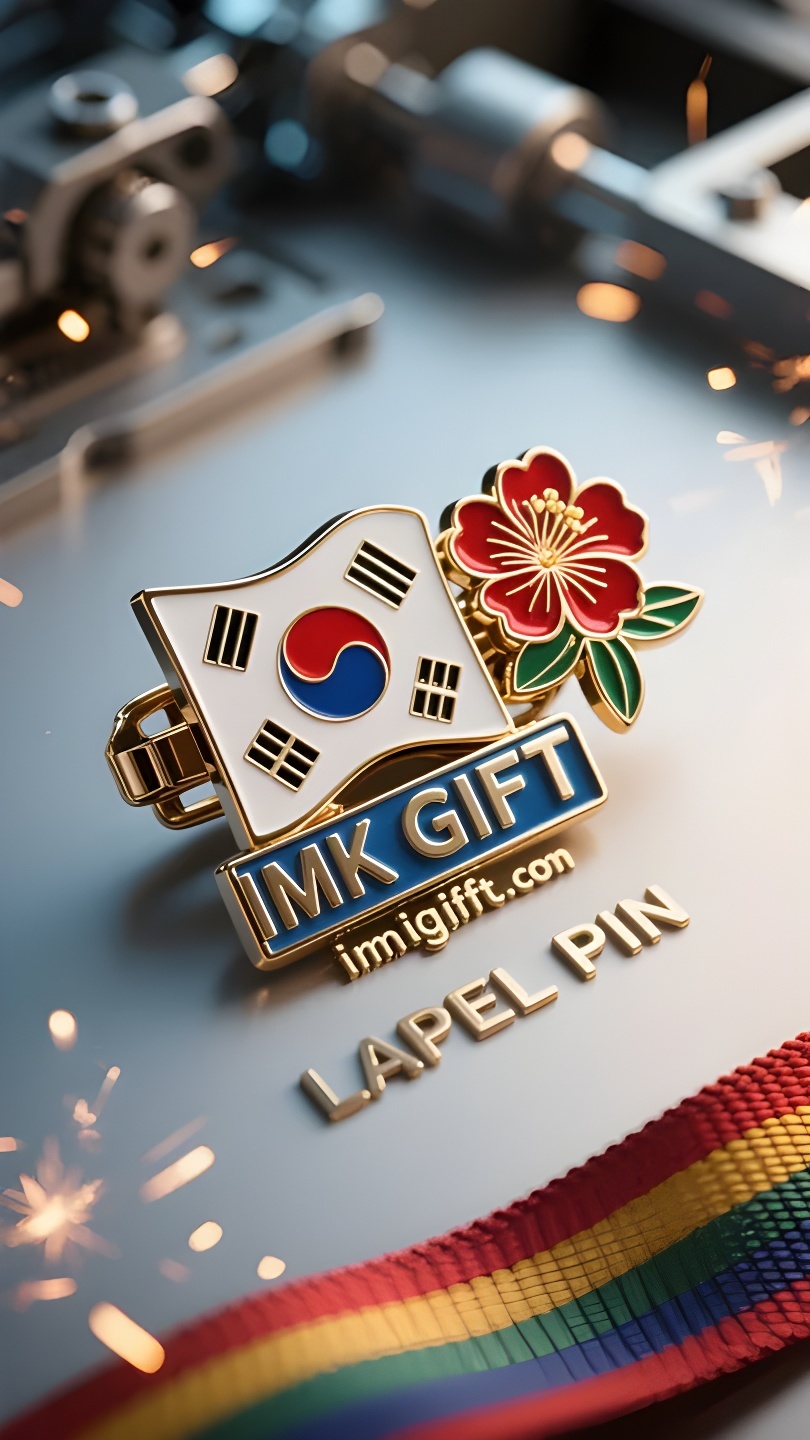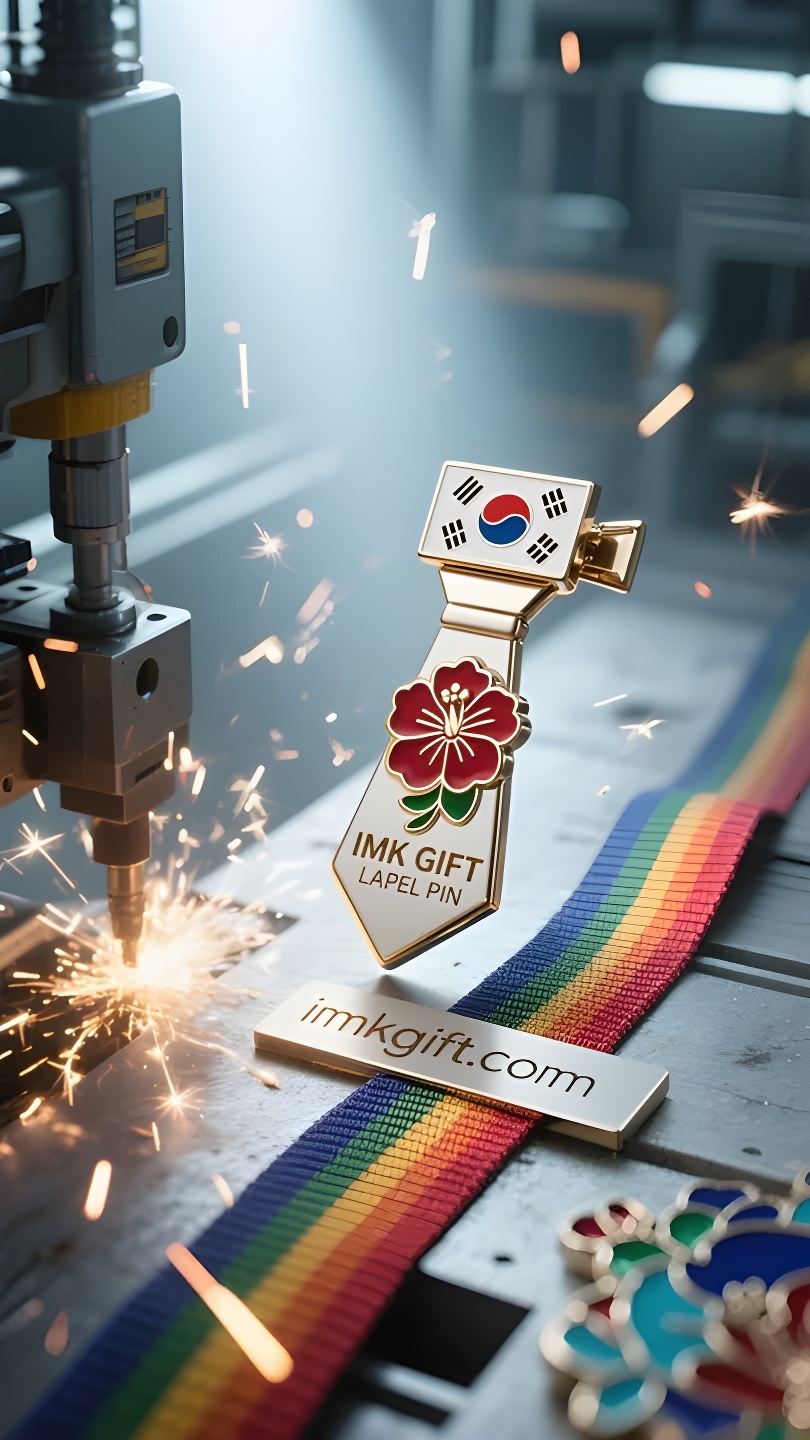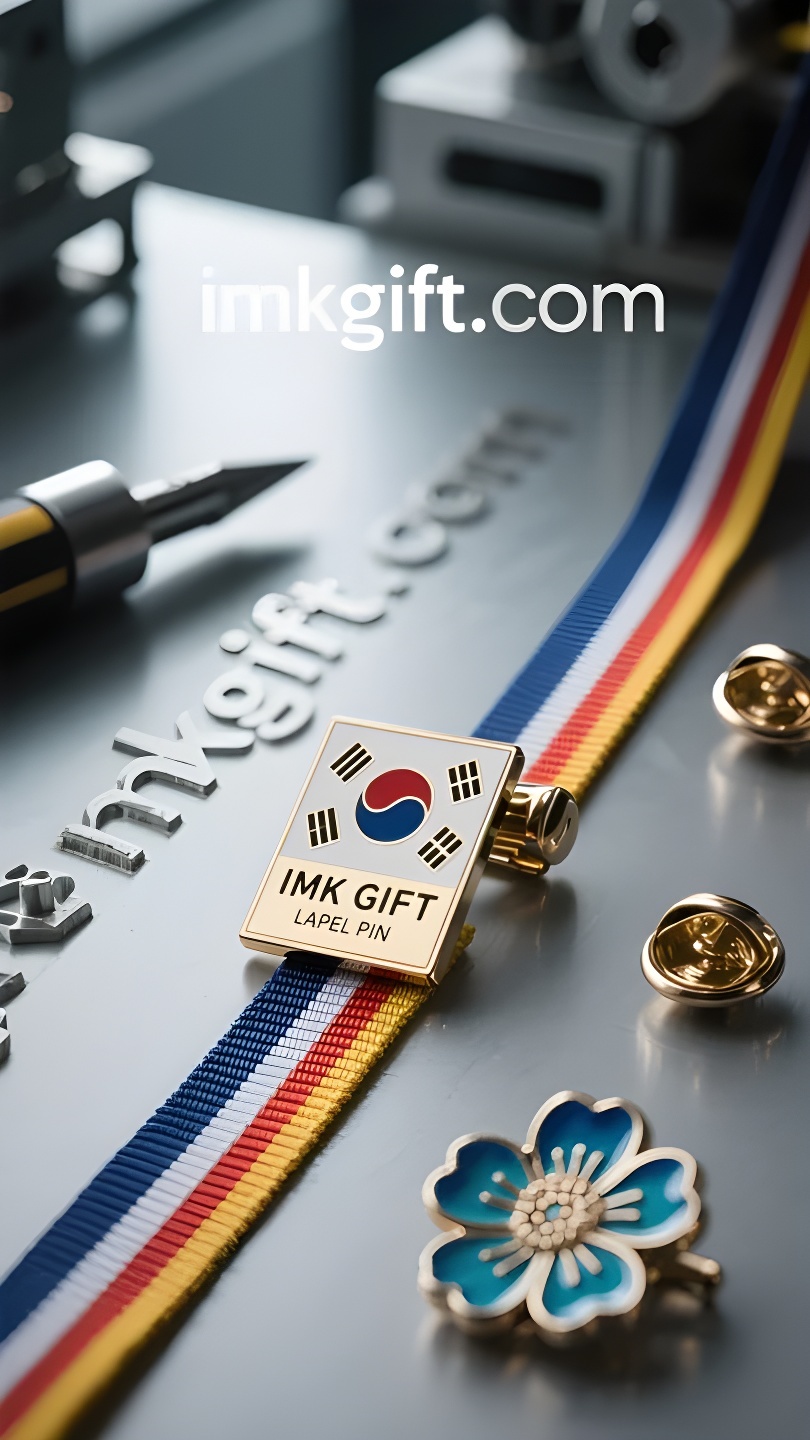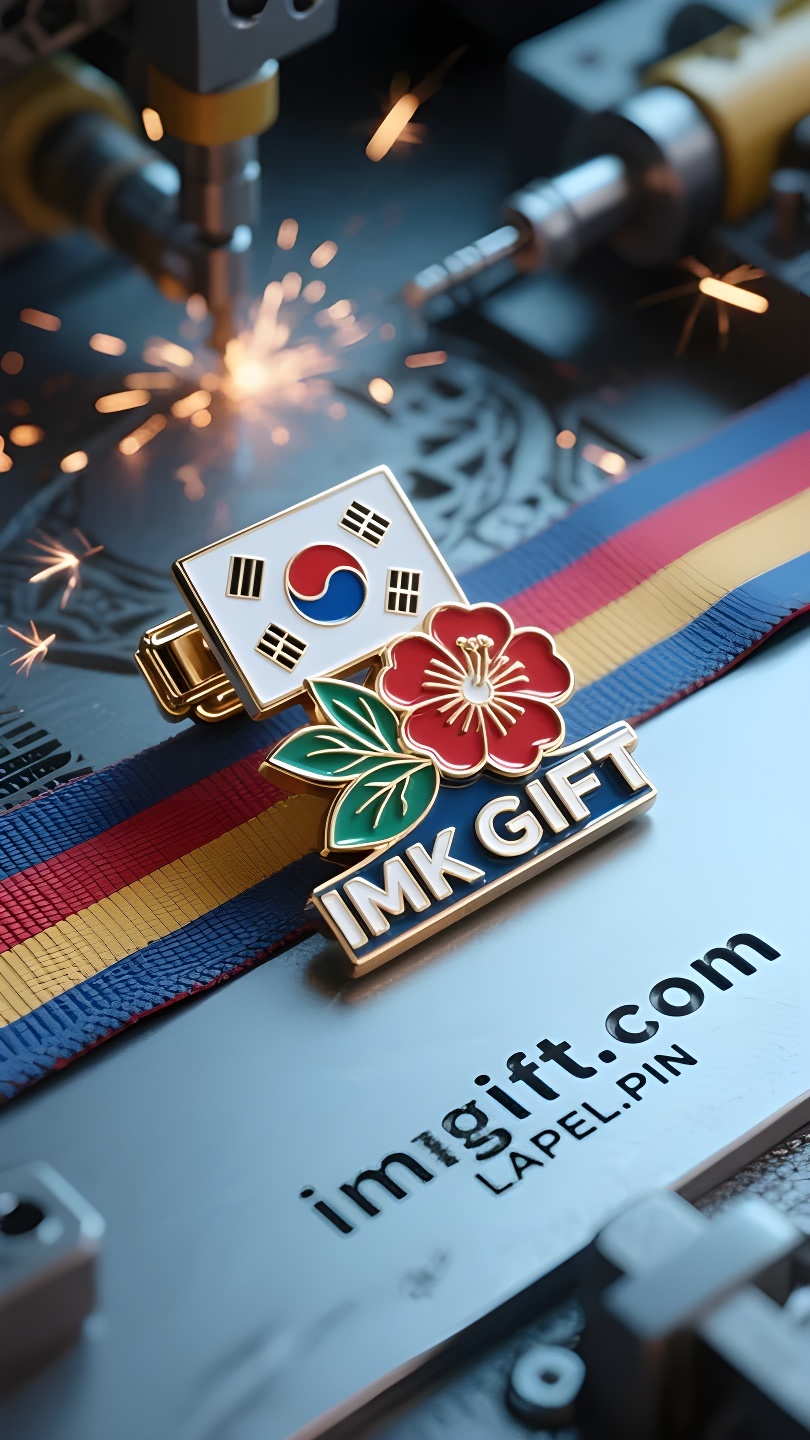in993-히비스커스-넥타이-클립-국립-정신을-옷깃에-고정
▼
10월의 가을 햇살 아래, 한국의 목화꽃 모양의 넥타이 클립은 직장인들에게 일상적인 액세서리일 뿐만 아니라, 그들의 피 속에 흐르는 영적인 토템이기도 합니다. 티타늄 합금으로 만들어진 다섯 개의 꽃잎으로 이루어진 이 꽃의 디자인은 대한민국 국기의 중앙에 있는 태극권 문양과 사괘에서 영감을 받았습니다. 이는 아침에 피고 저녁에 시드는 목화꽃의 생명주기에 숨겨진 영원한 회복력과 마찬가지로 음과 양의 조화로운 균형을 의미합니다. 100년 전, 안중근 의사는 이토 히로부미를 암살했을 때, 자신을 목화꽃에 비유하며 결의를 감추기 위해 정장과 넥타이를 착용했습니다. 오늘날 이 금속 꽃은 수백만 명의 근로자들의 옷깃에 꽂혀 있으며, 각 꽃잎에는 다른 생존 철학이 새겨져 있습니다. 위로 솟은 호는 어려움을 뚫고 나가는 용기를 상징하고, 정밀하게 맞물린 기어 구조는 협력이라는 집단적 힘을 의미하며, 암술대의 태극권 상징은 착용자 각자가 급류 속에서 내면의 균형을 유지하도록 상기시켜줍니다. 세종대왕이 한글을 창제할 때 소매에 묻은 잉크 자국에서부터 세계 경제의 격변 속에서 현대 기업가들이 겪은 어려움까지, 한국인들은 항상 영적인 토템을 구체적인 상징으로 바꾸는 데 능숙했습니다. 전염병 이후의 노동자들이 옷깃에 히비스커스 넥타이 클립을 엄숙하게 꽂을 때, 그들은 국가적 미학을 계승할 뿐만 아니라 “무한한 꽃”이라는 정신을 현대적으로 해석한 것입니다. 겉보기에는 연약해 보이지만 영원하며, 그들이 아래를 내려다볼 때마다 가슴 속에서 희망이 꽃피는 것을 볼 수 있습니다. 무게가 10그램도 안 되는 이 금속 조각은 5천만 명의 영혼의 무게를 지탱합니다.
Under the autumn sun in October in South Korea, a hibiscus-shaped tie clip is not only an everyday accessory for professionals, but also a spiritual totem flowing in their blood. The design inspiration of this five-petal flower made of titanium alloy comes from the Tai Chi pattern and four trigrams in the center of the Korean flag – the harmonious yin and yang balance, just like the eternal resilience hidden in the life cycle of the hibiscus flower that blooms in the morning and falls in the evening. A hundred years ago, when the patriot An Jung-geun assassinated Ito Hirobumi, he was dressed in a suit and leather shoes, hiding his determination to compare himself to the hibiscus flower. Today, this metal flower is pinned on the collars of millions of professionals, and each petal is engraved with a different philosophy of survival: the upward arc symbolizes the courage to break through difficulties, the precisely meshed gear structure implies the collective power of cooperation, and the Tai Chi emblem at the pistil reminds each wearer to maintain inner balance in the torrent. From the ink marks soaking through King Sejong’s sleeves when he invented Korean to the struggles of modern entrepreneurs in the global economic wave, Koreans are always good at turning spiritual totems into concrete symbols. When post-epidemic workplace people solemnly pin hibiscus tie clips on their lapels, they are not only continuing the national aesthetic, but also a contemporary interpretation of the “Infinite Flower” spirit – seemingly weak but everlasting, and every time you look down, you can see hope blooming in your chest. This piece of metal, which weighs less than ten grams, carries the weight of the souls of 50 million people.
在韩国十月的秋阳下,一枚木槿花造型的领带夹,既是职场人的日常配饰,更是流淌在血脉中的精神图腾。这朵由钛合金铸就的五瓣花,其设计灵感正源自韩国国旗中央的太极纹与四卦——圆融的阴阳平衡之道,恰似木槿花朝开暮落的生命循环中暗藏的永恒韧性。
百年前,安重根义士刺杀伊藤博文时西装革履的装扮里,就藏着以木槿花自喻的决绝。如今这朵金属花被别在千万职场人的领口,每片花瓣都镌刻着不同的生存哲学:向上舒展的弧度象征突破困境的勇气,精密咬合的齿轮结构暗喻集体的协作力量,而花蕊处的太极纹章,则提醒着每个佩戴者在激流中保持内心的平衡。
从世宗大王发明韩文时浸透衣袖的墨痕,到现代企业人在全球经济浪潮中的搏击,韩国人总善于将精神图腾化作具象符号。当后疫情时代的职场人将木槿花领带夹郑重别上衣襟,他们延续的不仅是民族审美,更是对”无穷花”精神的当代诠释——看似柔弱却生生不息,每一次低头都能看见胸口绽放的希望。这枚不足十克的金属,承载的正是五千万人灵魂的重量。
▼
Contact Us
📞 Tel: +0086-760-85286839
📧 Email: sales3@imkgift.com








